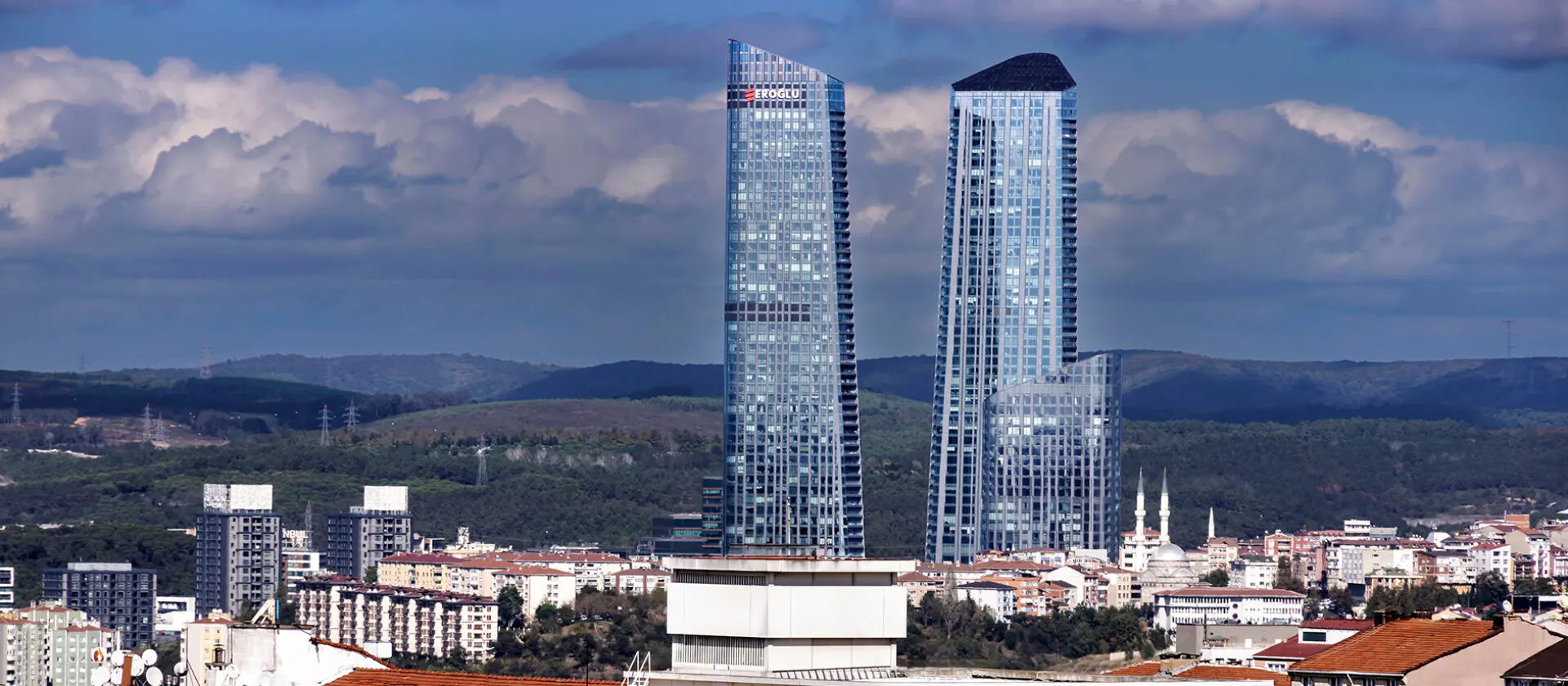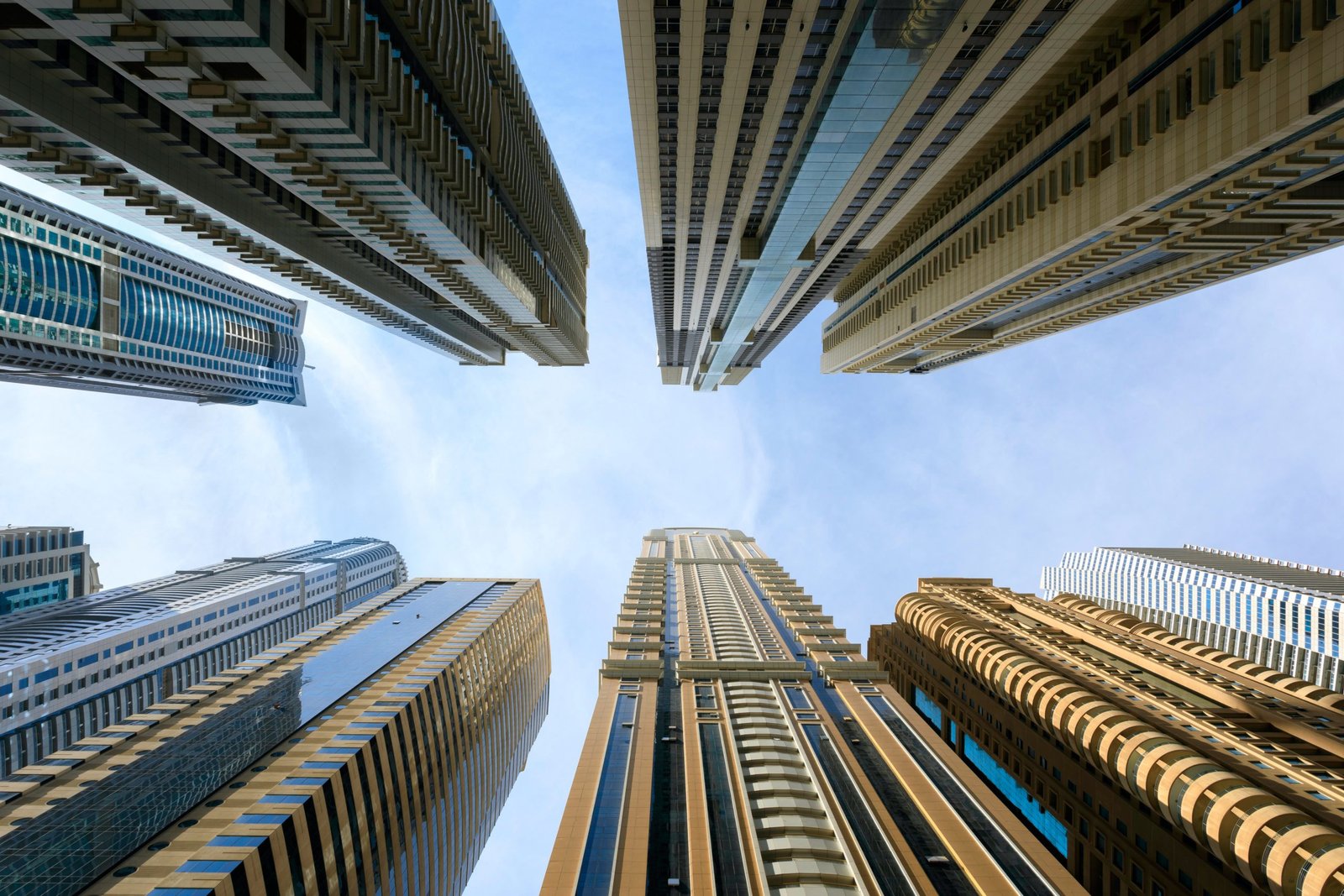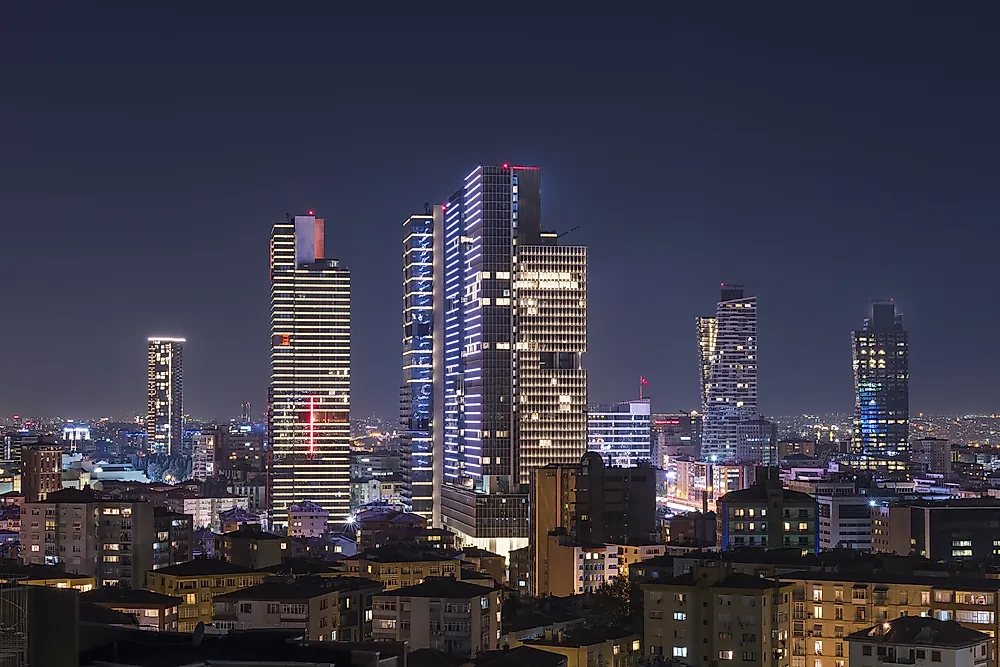Understanding the lifespan of buildings in Istanbul is crucial for anyone considering property investment or residency in this historic metropolis. Istanbul’s real estate landscape is a unique blend of centuries-old landmarks, mid-20th-century mass housing, and cutting-edge modern developments. The age and condition of a building directly influence its value, safety, and investment potential—making it a key factor for both investors and residents.
Building Lifespan in Istanbul: What to Expect
Historical buildings in Istanbul have proven their durability, with many structures such as the Narmanlı Han (1831) and Vlora Han (1904) standing strong for over a century. Ofcourse there are much older architectures in Istanbul like Hagia Sophia one of the oldest buildings originally completed in 537 AD as a Byzantine church. However in Istanbul their longevity is attributed to high-quality materials, careful design, and ongoing maintenance. These properties often become cultural icons, commanding premium prices and offering unique investment opportunities for those willing to invest in restoration and upkeep.
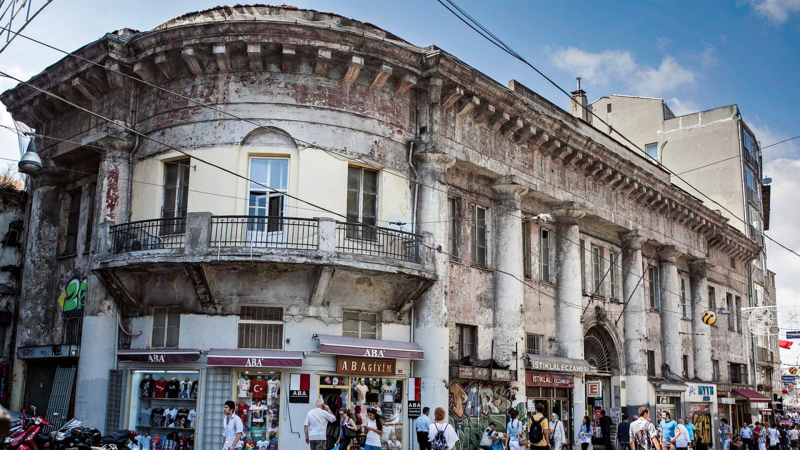
Narnamli han (1831)
İstiklal Caddesi, Beyoğlu, Istanbul
Modern buildings, especially those constructed during the rapid urbanization of the 1970s and 1980s, typically have a shorter lifespan. Many of these reinforced concrete structures are now considered at risk due to outdated construction methods and insufficient earthquake resistance. Without significant renovation or retrofitting, their effective lifespan may be limited to just a few decades.
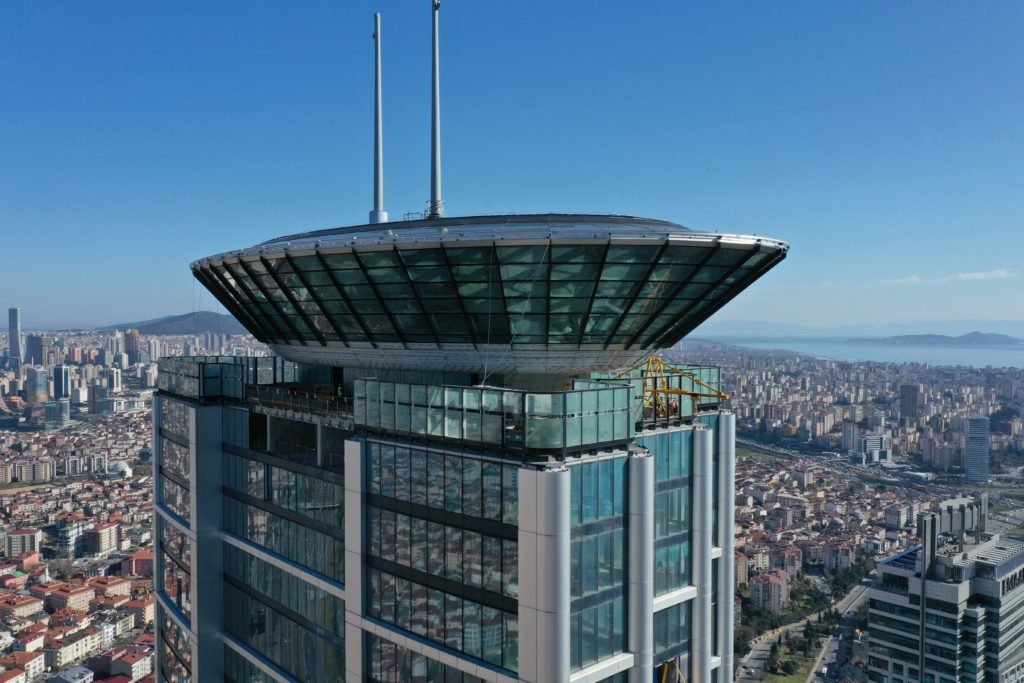
Address Istanbul (2021)
Libdadiye Cd., Üsküdar, Istanbul
Urban transformation projects are actively reshaping Istanbul’s skyline, replacing aging, vulnerable buildings with contemporary, earthquake-resistant complexes. These new developments are designed with advanced engineering, sustainability, and smart technology, aiming for lifespans of 70–90 years or more.
Factors That Influence Building Longevity
- Construction Quality: Buildings constructed with premium materials and skilled labor, particularly after 2000, tend to last longer and require less frequent major repairs.
- Maintenance: Regular upkeep and timely renovations are essential for extending a building’s useful life, regardless of its age.
- Earthquake Resistance: Istanbul’s seismic risk makes compliance with modern earthquake regulations non-negotiable for long-term safety and value.
- Environmental Conditions: Humidity, soil quality, and exposure to natural disasters can accelerate structural deterioration.
- Urban Renewal: Government-led transformation initiatives are revitalizing entire districts, improving safety and boosting property values.
Why Building Age Matters for Investors
Building age is a critical consideration for investors in Istanbul’s real estate market:
- Newer buildings (post-2000): These properties are built to modern seismic standards, making them safer and more attractive to both buyers and renters. They typically command higher prices and offer greater peace of mind regarding structural integrity.
- Older buildings: While often located in central, desirable neighborhoods, these properties may require substantial upgrades to meet current safety standards. Investors should factor in renovation costs and the potential for temporary vacancies during upgrades.
- Urban transformation zones: Investing in areas undergoing redevelopment can offer significant upside as outdated buildings are replaced with modern complexes, driving appreciation and rental demand.
- Liquidity and rental yield: Newer properties attract higher-quality tenants, leading to more stable rental income. Older properties, unless fully renovated, may struggle with occupancy and rental rates.
- Renovation potential: Acquiring older properties at a discount and investing in upgrades can yield strong returns, especially in gentrifying neighborhoods. However, this approach requires careful due diligence on costs and local regulations.
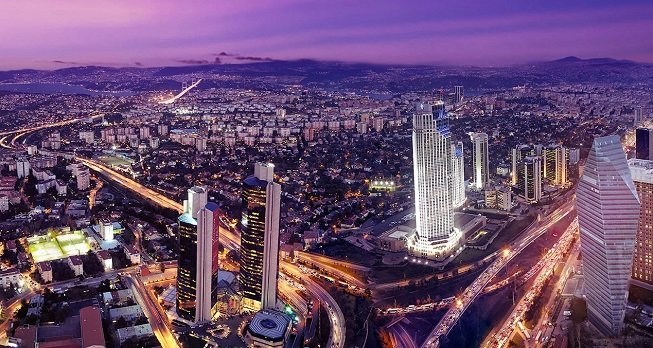
Practical Tips for Investors and Residents
- Prioritize earthquake-resistant properties built after 2000 for safety, compliance, and long-term value.
- Always inspect maintenance records and look for visible signs of wear, such as cracks or moisture.
- Factor in renovation costs when evaluating older buildings, and assess the potential for value appreciation post-renovation.
- Monitor urban transformation projects for early investment opportunities and capital growth.
- Request all relevant documentation—including building licenses, earthquake resistance certificates, and recent inspection reports—before making a purchase.
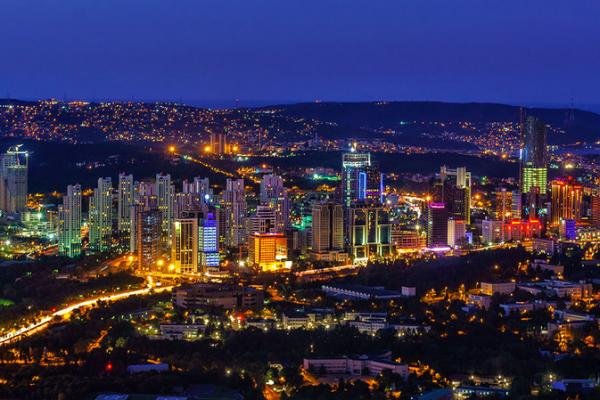
What is the life span of buildings in Istanbul?
For new buildings in Istanbul over five stories, especially those constructed as part of modern residential complexes after 2000, the expected lifespan is typically between 70 and 90 years. These buildings are designed and built according to updated earthquake resistance standards and benefit from improved engineering, materials, and government oversight, which collectively extend their durability and safety.
However, it’s important to note that economic and development trends in Turkey sometimes anticipate a much shorter practical lifespan for new buildings—sometimes as little as 25 years—due to rapid urban transformation and redevelopment cycles. This means that while the technical and structural lifespan may reach up to 90 years, some buildings might be demolished or redeveloped earlier for economic reasons or urban renewal projects.
Key factors influencing the actual lifespan include:
- Construction quality and materials
- Ongoing maintenance and repairs
- Compliance with seismic and safety regulations
- Urban transformation policies and redevelopment trends
A well-constructed new building over five stories in Istanbul is designed to last 70–90 years, but investors should be aware that market and policy dynamics can lead to earlier redevelopment, especially in rapidly changing districts
Istanbul vs. Dubai: A Comparative Note
Unlike Dubai, where most buildings are less than 50 years old and designed for a lifespan of 20–30 years due to rapid redevelopment and climate, Istanbul’s property market is characterized by a mix of ancient landmarks and modern high-rises. While Istanbul’s oldest buildings far outlast Dubai’s typical towers, the city’s mid-20th-century stock faces similar challenges regarding maintenance and the need for renewal.
Conclusion
The lifespan of buildings in Istanbul ranges from over a century for well-maintained historical structures to just a few decades for mass-built, older properties. For both investors and residents, prioritizing newer, earthquake-resistant buildings and understanding the ongoing urban transformation is essential for safety, value, and long-term peace of mind. By factoring in building age, maintenance, and compliance with modern standards, you can make informed decisions that protect your investment and enhance your quality of life in Istanbul.
Whether you’re looking for a modern apartment in Maslak or a waterfront villa on Kadikoy Istanbul, knowing the story behind Istanbul’s buildings will help you appreciate the city’s remarkable progress—and plan your place in one of the world’s most dynamic real estate markets. At Realty Homist, we’re dedicated to helping you achieve your investment goals with unmatched personalization and a forward-thinking, long-term perspective.

